I am trying to fit a skewed and shifted Gaussian curve using scipy's curve_fit function, but I find that under certain conditions the fitting is quite poor, often giving me close to or exactly a straight line.
The code below is derived from the curve_fit documentation. The code provided is an arbitrary set of data for test purposes but displays the issue quite well.
import numpy as np
from scipy.optimize import curve_fit
import matplotlib.pyplot as plt
import math as math
import scipy.special as sp
#def func(x, a, b, c):
# return a*np.exp(-b*x) + c
def func(x, sigmag, mu, alpha, c,a):
#normal distribution
normpdf = (1/(sigmag*np.sqrt(2*math.pi)))*np.exp(-(np.power((x-mu),2)/(2*np.power(sigmag,2))))
normcdf = (0.5*(1+sp.erf((alpha*((x-mu)/sigmag))/(np.sqrt(2)))))
return 2*a*normpdf*normcdf + c
x = np.linspace(0,100,100)
y = func(x, 10,30, 0,0,1)
yn = y + 0.001*np.random.normal(size=len(x))
popt, pcov = curve_fit(func, x, yn,) #p0=(9,35,0,9,1))
y_fit= func(x,popt[0],popt[1],popt[2],popt[3],popt[4])
plt.plot(x,yn)
plt.plot(x,y_fit)
The issue seems to pop up when I shift the gaussian too far from zero (using mu). I have tried giving initial values, even those identical to my original function, but it does not solve the problem. For a value of mu=10, curve_fit works perfectly, but if I use mu>=30 it not longer fits the data.
